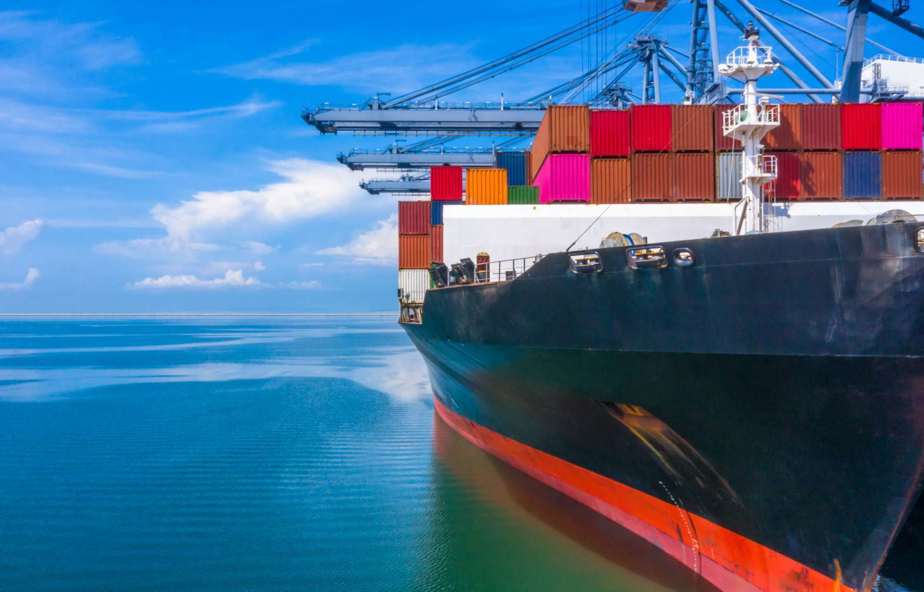Transporting goods via sea, air, and land come with their own unique risks such as weather events, logistical mishaps, theft and vehicle or craft breakdowns and more. Here at Marine Protect, we offer a suite of comprehensive insurance products that cover a wide scope of shipment methods and trade requirements.
Insurance is necessary in protecting goods from these risks, so now comes the task of figuring out which cover is right for you. In this blog we help break down the policy wording and product applications to help you decipher between two of our comprehensive insurance products; Inland Cargo Protect and Carriers Protect.
These two commonly confused products both cover physical loss and damage to goods in transit within Australia however, who owns or arranges to insure the goods, differs.
Inland Cargo Protect
Inland Cargo Protect is a policy taken out by the owner of the goods in their own name and for their own property (the insured). This cover applies to all the goods they ship around/within Australia. So, if something goes awry in the transportation process and the goods are lost or damaged, an Inland Cargo Protect policy is a protective measure worth implementing to cover the costs of losses or damage to the goods. This policy is also annually renewable and available for single transit. Accidental Damage and Insured Perils options may apply.
Carriers Protect
Our Carriers Protect product is a policy taken out by a road transport operator to cover loss or damage to the goods being carried on behalf of the operator’s clients. This product is only available as an annual cover and is designed specifically for road transport operators performing inland transits within Australia. For example;, if there was an accident involving the vehicle that damaged the goods onboard, such as a roll-over, the transport operator would be covered for the loss or damage caused to their clients goods.
“In essence, Inland Cargo policies cover loss or damage to goods in transit for owners, while Carriers policies cover loss or damage to the goods being carried by the transport operator on behalf of its clients,” states NTI’s National Cargo Product Manager, Nick Rowley.
“An important component of any Inland Cargo Protect policy is to know what goods are being insured, so be sure to explore our Inland Cargo Protect policy and Carriers Protect policy, as they may not cover cargo such as livestock or motor vehicles.”
Have a question? Explore our products further on the Marine Protect website or speak to your broker today about NTI Marine Protect Insurance.
